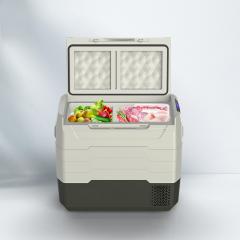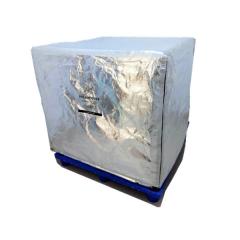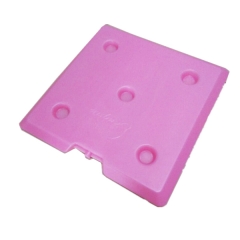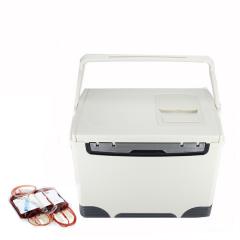Pharmaceutical products, such as vaccines, drugs, and temperature-sensitive goods, are sensitive to temperature variations. Deviations from the recommended temperature range can lead to a loss of potency, degradation of active ingredients, and even potential harm to patients. Temperature fluctuations can occur during storage, transportation, and handling, making it essential to monitor and maintain optimal conditions throughout the supply chain.
1)Data Loggers: Data loggers are portable electronic devices that record and store temperature data over time. They are commonly used for monitoring temperature during transportation. Data loggers are equipped with sensors that measure and record temperature at regular intervals. Once the shipment reaches its destination, the data can be downloaded and analysed to assess the integrity of the pharmaceutical products during transit.

2)Thermometers and Temperature Labels: Traditional thermometers and temperature-sensitive labels are often used for manual temperature checks. While they are cost-effective, they require frequent monitoring and may not provide real-time data. Temperature-sensitive labels change colour when exposed to specific temperature ranges, allowing for a quick visual inspection of temperature deviations.
3)Wireless Monitoring Systems: Wireless temperature monitoring systems offer real-time data collection and remote access. These systems consist of wireless sensors placed in storage areas or transportation containers, which transmit temperature data to a centralised monitoring system. This allows for continuous monitoring and immediate alerts in case of temperature excursions, ensuring timely corrective actions.
4)Thermal Mapping: Thermal mapping involves the use of temperature sensors to map the temperature distribution within storage areas, such as warehouses or cold rooms. By analysing the data collected from multiple sensors, it is possible to identify temperature variations and potential hotspots. Thermal mapping helps optimise the storage layout and ensure uniform temperature distribution, minimising the risk of product damage.
5)Cold Chain Packaging: Cold chain packaging includes insulated containers, gel packs, and temperature-controlled packaging solutions. These packaging materials help maintain the required temperature range during transportation. Some advanced solutions even incorporate temperature monitoring sensors directly into the packaging, providing an additional layer of protection and visibility.
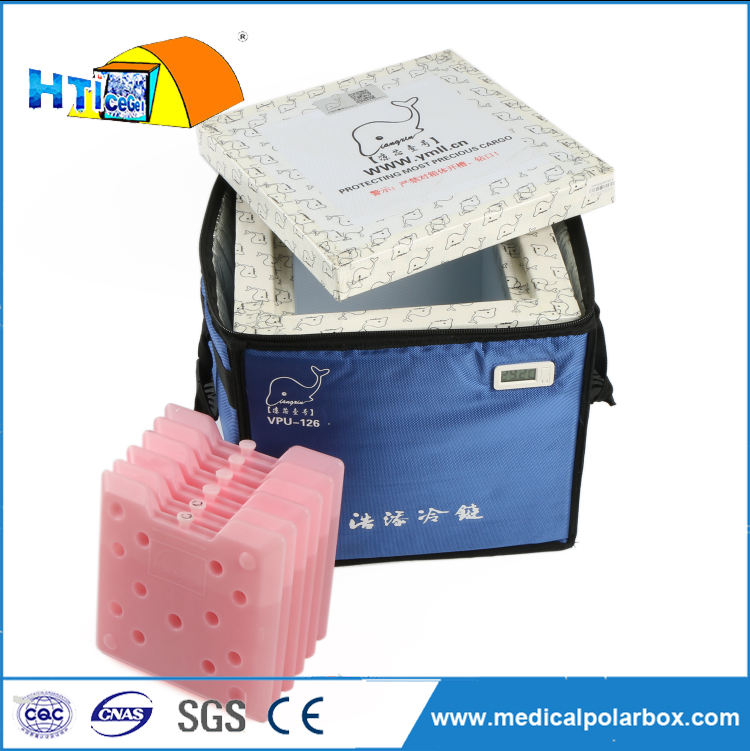
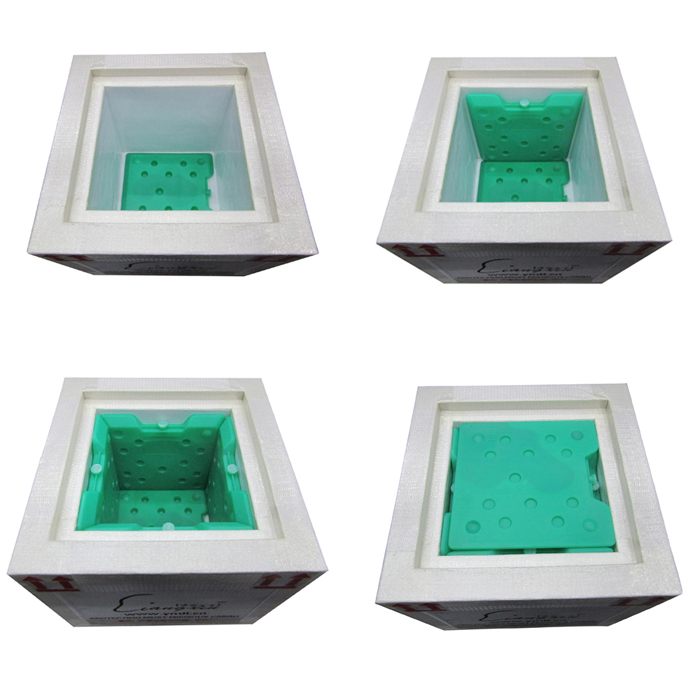
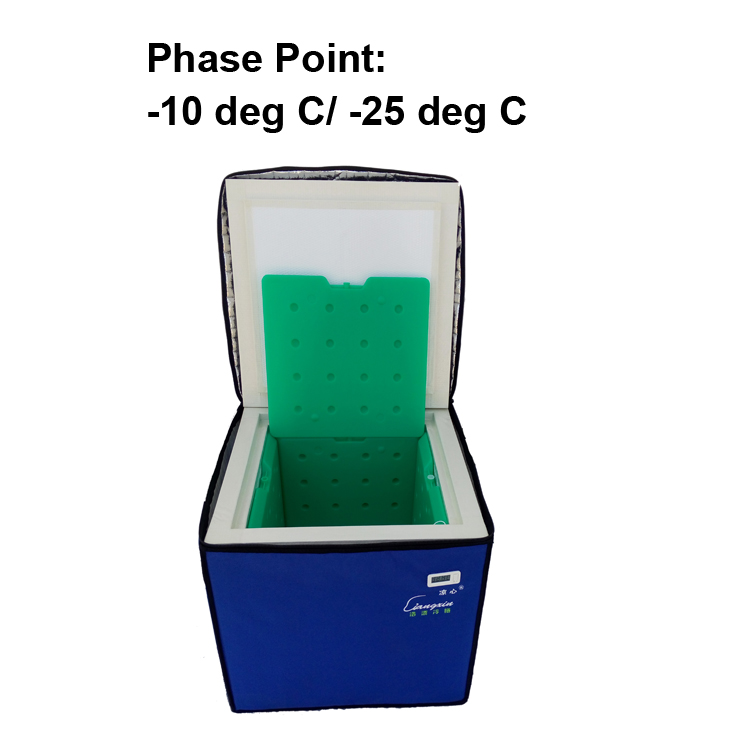

 English
English  français
français русский
русский italiano
italiano español
español português
português العربية
العربية 日本語
日本語 한국의
한국의 magyar
magyar





